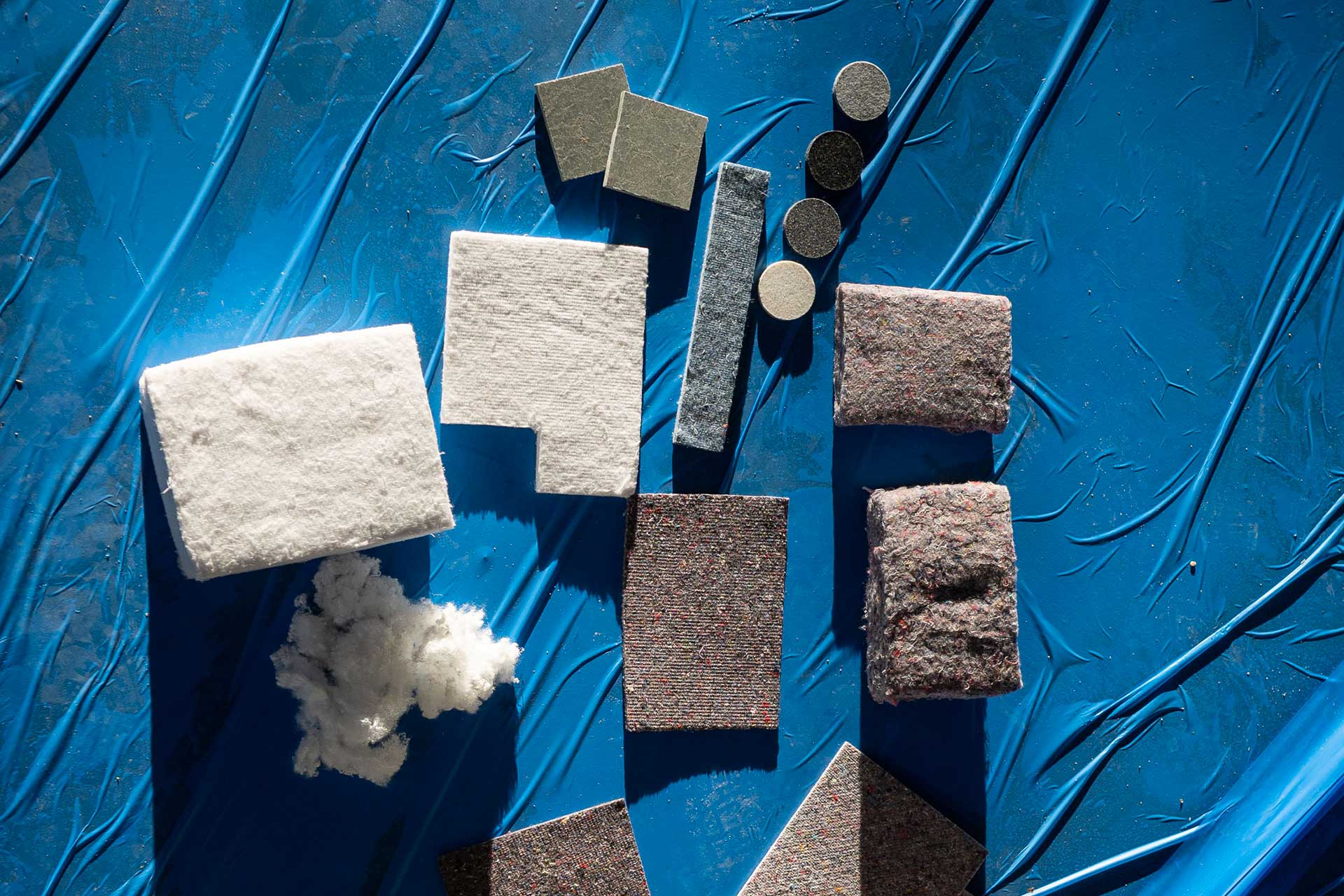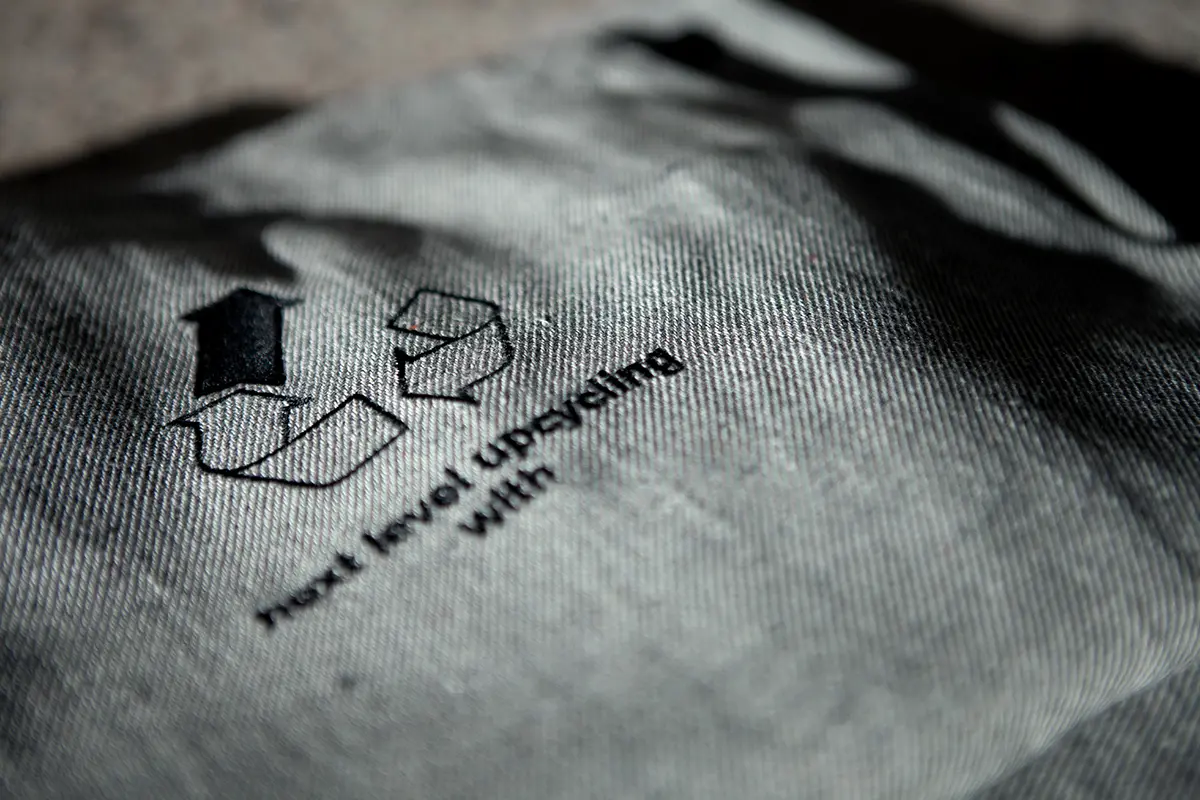Rester’s recovered fiber plant might not have created 100% biodegradable fibers for every fiber type it produces, but it has prolonged the life of textile and lessen its emissions
Returning back the old Finnish textile industry
Watching the Finnish textile industry dying out, during the last decades, Outi Luukko was imagining ways to solve this issue and the global environmental burden caused by the industrial and post-consumers’ textile industry. At the same time, she wanted to revolutionize the production of new raw materials and to give back life to the end-of-life materials.
Rester and LSJH Join Forces for Large-Scale Textile Waste Recycling in Finland
Before coming to the solution, she had spent the last twelve years, as one of the founding members of Touchpoint company, where she understood the gravity of this problem «As we produce garments, we have to be responsible for the end-of-life of textiles as well». That acknowledgement was a founding stone for Rester, the company which she is currently managing. Rester had joined its forces with LSJH, a municipal collector that recycles post -consumer textile waste.
Together they have created a first large-scale refinement plant, for a total textile waste recycling in Paimio, Finland. Being aware that recycling of textile waste «It is also something that is solving a climate crisis, or at least, lessening the burden that we are causing, while we produce garments», they are beginning to reduce water waste and greenhouse gas emissions.
If only we take into the consideration the World Resources Institute statistics in which the process of producing one cotton T-shirt needs 2.700 liters of water, then the fact that for the production of 1.000 kgs recovered fiber by Rester is saving 12 million liters of water, is an achievement, not only for the company but also for the environment. Finland alone produces around 100 million kilograms of textile waste and Rester with LSJH, is going to recycle around 12.000 of it in its plant, around ten percent of the total Finnish textile waste.
Rester’s Efforts in Raw Material Sustainability and Recycling
The raw materials that they produce are directly dependent upon the in-bound streams that are supplied to their plant. Due to that their raw materials are not always biodegradable, except in the case of pure cotton, which is fully biodegradable. The fact that they are prolonging the life of the materials and making them usable again is a key to begin with, especially if we know that it might take more than 200 years for the material – without plastic and metals – to decompose on the ground, while releasing toxins and gases during that very process. The applicability of their raw materials will vary from yarn and fabric industry to non-woven fabrics that can be used as filtration materials, isolation and acoustic materials or composite products.
Lampoon reporting: Inside Rester: A Finnish Textile Waste Recycling Plant
Rester plant is situated in Paimio, Finland, as there is «the highway connection from Helsinki to Turku, offering great possibilities logistictly. There is a good connection also to Turku harbor which is something that we find important as we have the Swedish market close to us but also the Baltics and Eastern Europe. It is very likely that we will have some traffic by the sea later on. Either for taking the textiles in or selling the fibers out». The infrastructure in the plant is built by Rester, while they are sharing expertise and cooperating with LSJH. Even though both of them are specialized in different parts of the recycling process, they have managed to make a plant which will cover the whole Finnish textile waste recycling so as to recycle the material to create new raw material.
From Opening to Refining Fibers for New Raw Materials
Their plant has two lines for opening the fiber and in case there occurs a capacity problem, they are able to compensate one line with the other. Both lines are automatically disposing of all the improper components, such as buttons and zippers. Material wise they are facing different challenges, Luukko remarks that «LSJH is having waste from post-consumers having different qualities in the garments. As you can see every garment from post-consumers can be of different context or combination of materials and we have more homogenous streams coming to Rester.
When it comes to the process of a production of a new raw material from end-of-life materials, Rester’s CEO says that «Within the first phase, there is only opening and refining of the fiber. Our end result, for the moment, is recycled, high quality fiber. It is a fiber processed matching to the needs of the end user, regarding what they need in their process. It is different from making yarn and fabric instead of insulating materials. They have different specifications, whereas we specify and develop the fiber to their needs».
Challenges of Raw Materials Processing for Textile Waste Recycling: Rester’s Approach
The quality and the consistency of their raw material, is dependent upon the textiles that they are supplied with. According to Luukko «Raw material streams that we have are pure cotton, pure polyester, polypropene etc, and then combinations of materials like polycotton. We cannot really change that material. If we got polycotton it is going to be a polycotton when it goes out, as well. Working with mechanical processes we cannot separate these two materials. We have blending chambers and we can bring added value to the process by adjusting materials to a certain extent, but not changing it completely. We can add some specific quality, or we can change the combination a little, but we cannot get 100% cotton out of polycotton».
Complying with ethics to their business goals, they are opting to «get the textile back to textile. If we achieve the situation in which we are able to make fabric again out of this recycled fiber, then we have achieved it all». At Rester they know before recycling the background and the content of the materials companies will supply them with and they keep their end customers transparently informed about their recovered fibers and environmental savings as well.
Rester’s Contribution to Circular Economy through Textile Recycling
From the company’s perspective, Rester wants to contribute in solving the environmental issues and to affect the change in terms of regulations of common attitudes. «The thing is to speed up the circularity in what comes to using raw materials», which might be achieved if they «lengthen the material life cycle». The pilot results are positive in terms of lessening the natural resources «If we talk about cotton, the calculations always include CO2 and greenhouse gas emissions but there is also a great amount of water usage. When it comes to cotton for example, we can say that for 1 ton of Rester fiber used instead of virgin fiber we save over 5 thousand kilos of CO2 and 12 million liters of water».
Rester’s main renewable energy resource comes from the heat during the recycling process. One benefit of Rester’s recovered fiber is the local textile waste reduction, which is tending to grow over time at the state level, and later internationally. The other is the partnership with the LSJH, which is a municipal recycling collector, to establish a plant which includes both industrial and post consumer waste textiles, enclosing the full circle around the Finnish textile waste. By enforcing the circular economy and sustainability they are contributing to fight the environmental crisis but also to change people’s mindset towards more eco thinking.
Rester
A Finnish company offering textile recycling solutions and enabling the recovery of business textiles into new textile fiber and quality raw material.




















